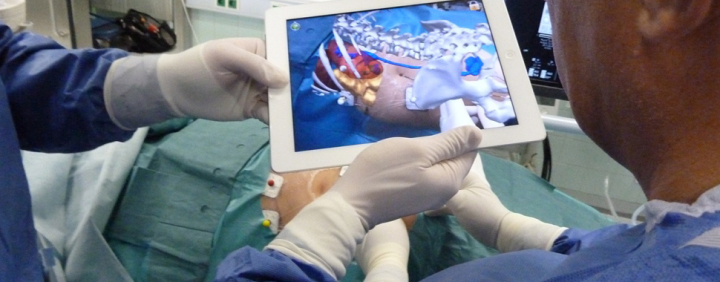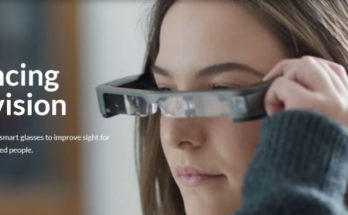The appearance of MEMS (microelectromechanical systems) technologies has been an indispensable provider for augmented reality. By allowing IMUs (Inertial Measurement Units), gyroscopes, and accelerometers like those from Analog Devices to be miniaturised to such an extent, headsets incorporating them are less cumbersome while preserving precise movement estimation. And sufficiently high-frequency microelectronics and processing ensure timely image updates.
In medicine, like any other field, being able to visually practice surgical procedures takes the students to a very different level than before. Medical interns can easily reproduce regular surgeries, plans and augment “vision” into the body.
For example, a cutting-edge example of a medical augmented reality system has been produced by DAQRI and Touch Surgery. The former provides augmented reality vision systems and the latter surgical simulation software. Combining DAQRI’s Smart GlassesTM with enhanced software instructions resulted in a surgeon training system, with projected use in operating rooms. The Smart Glasses include an Intel® CoreTM m7 processor and the Intel RealSenseTMLR200 Depth Sensor based on stereo imaging.




